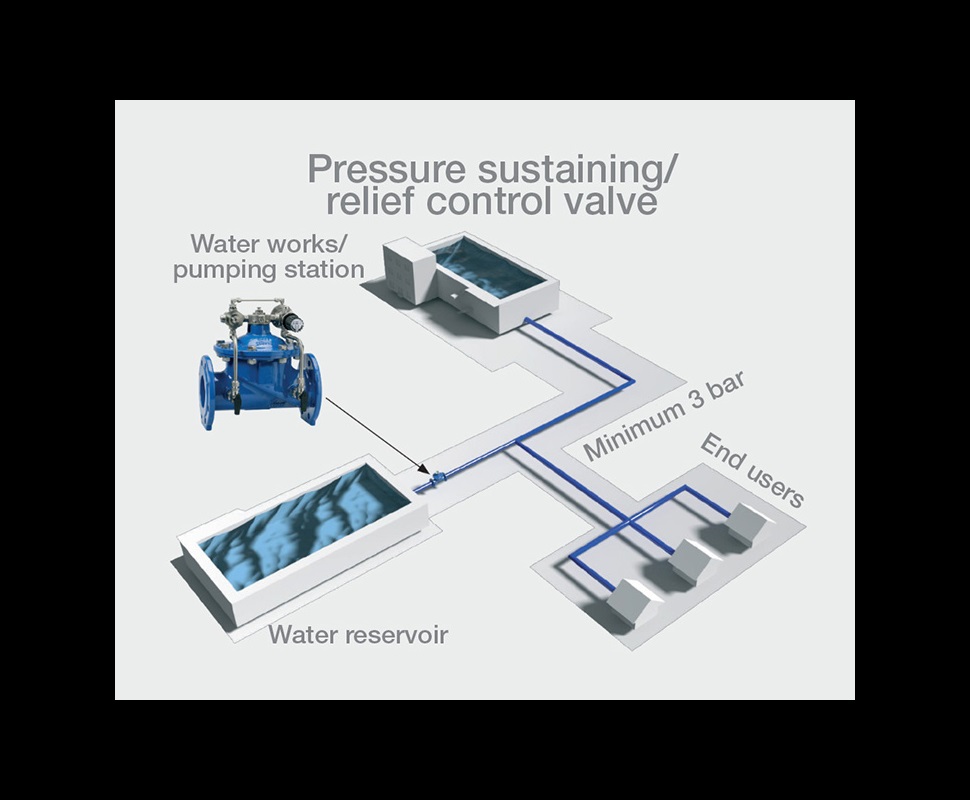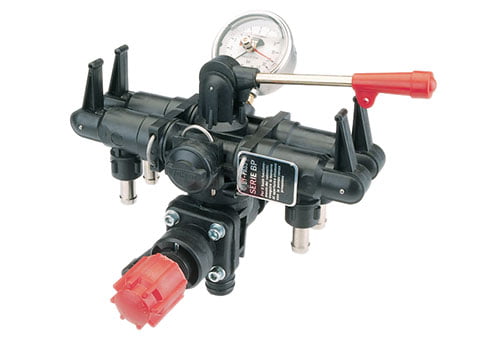Enhancing System Control with High-Performance Control Valves
Enhancing System Control with High-Performance Control Valves
Blog Article

Maximize Power Financial Savings and Convenience With Advanced Structure Automation Controls
In the realm of modern-day style and facility administration, the combination of advanced structure automation controls stands as a critical advancement. By harnessing the power of automation, buildings can adapt, respond, and develop in ways that were when unthinkable.
Power Performance Conveniences
Energy performance advantages can substantially reduce energy usage and operational costs in buildings. Energy-efficient systems, such as advanced structure automation controls, can enhance the use of sources like heating, cooling, and lights, leading to lower energy expenditures over time.
In addition, improved power effectiveness can extend the lifespan of structure equipment and systems. By running extra efficiently, cooling and heating systems, lighting fixtures, and other building parts experience less wear and tear, leading to lowered maintenance and replacement expenses. Additionally, energy-efficient structures commonly command higher residential property worths and rental prices, providing long-term economic advantages to proprietors.
Moreover, power effectiveness can improve passenger convenience and productivity. Effectively managed indoor atmospheres with optimum lighting and thermal conditions produce a more enjoyable and favorable office, causing improved worker contentment and performance. Generally, the power efficiency benefits related to advanced building automation controls are multifaceted, including price financial savings, ecological stewardship, and owner well-being.
Improved Convenience Control
Enhancing comfort control in building environments needs a sophisticated integration of advanced automation systems for optimal passenger wellness. By using advanced structure automation controls, facilities can tailor the indoor atmosphere to meet the details demands and choices of passengers. control valves.
By including these advanced controls, buildings can not only improve convenience yet also improve energy effectiveness by maximizing system procedures based on actual occupancy and usage patterns. Eventually, focusing on owner convenience through advanced automation systems leads to a much more delightful and healthier indoor environment.
Operational Performance Improvements

Moreover, the execution of real-time tracking and analytics tools makes it possible for structure operators to recognize power ineffectiveness and operational abnormalities quickly. By continually checking energy use patterns and system efficiency metrics, adjustments can be made in real-time to enhance energy usage and guarantee peak functional efficiency. control valves. In addition, incorporating need response approaches into structure automation controls can further improve functional efficiency by dynamically readjusting energy usage based upon grid conditions and rates signals
Indoor Climate Optimization
Effective interior climate optimization is an essential facet of building automation controls, making sure owners' comfort and health while optimizing energy cost savings. By using innovative sensors and controls, developing automation systems can continually monitor and change temperature level, humidity levels, air high quality, and air flow to develop an optimal indoor environment. Preserving constant and go now comfy problems not just enhances resident contentment yet also improves performance and total health.
Interior environment optimization also plays a vital duty in power performance. By fine-tuning cooling, ventilation, and heating systems based on real-time information and tenancy patterns, developing automation controls can dramatically minimize energy consumption - control valves. Carrying out methods such as demand-controlled ventilation and thermal zoning can help minimize power waste while ensuring that each area of the structure gets the needed conditioning.

Lasting Setting Development
Structure automation manages not just optimize interior climate problems for power performance and resident convenience however also lay the structure for creating a lasting atmosphere via critical monitoring of resources and systems. By integrating sophisticated building automation modern technologies, such as sensors, actuators, and smart software application, facilities can monitor and change power usage in real-time to decrease waste and decrease their carbon impact. These systems make it possible for predictive upkeep, identifying prospective concerns before they intensify and maximizing equipment efficiency to improve longevity and performance.
Moreover, sustainable atmosphere production extends beyond power monitoring to encompass water conservation, waste decrease, and interior air top quality improvement. Building automation controls can control water use, spot leaks, and make sure correct waste disposal practices, adding to general sustainability initiatives. In addition, by regulating and keeping track of ventilation and filtering systems, these modern technologies enhance passenger wellness and performance while lowering power intake connected with heating and cooling procedures.
Final Thought
In final thought, progressed structure automation manages offer considerable advantages in terms of energy savings, comfort control, functional performance, interior Click Here climate optimization, and producing a sustainable environment. By implementing these controls, structures can attain ideal performance while minimizing energy usage and improving occupant convenience. It appears that the usage of sophisticated automation innovation is vital in improving building performance and developing a much more sustainable future.
Energy performance benefits can substantially decrease energy consumption and functional prices visit the website in structures. On the whole, the energy efficiency advantages associated with sophisticated building automation controls are diverse, including cost financial savings, environmental stewardship, and owner wellness.
In addition, incorporating demand action approaches right into building automation controls can even more improve functional performance by dynamically readjusting energy usage based on grid conditions and rates signals.
Structure automation controls not only optimize indoor climate problems for power efficiency and resident convenience yet also lay the foundation for producing a lasting environment with critical monitoring of systems and resources.In final thought, progressed building automation controls deal considerable benefits in terms of energy savings, comfort control, functional performance, interior environment optimization, and producing a sustainable atmosphere.
Report this page